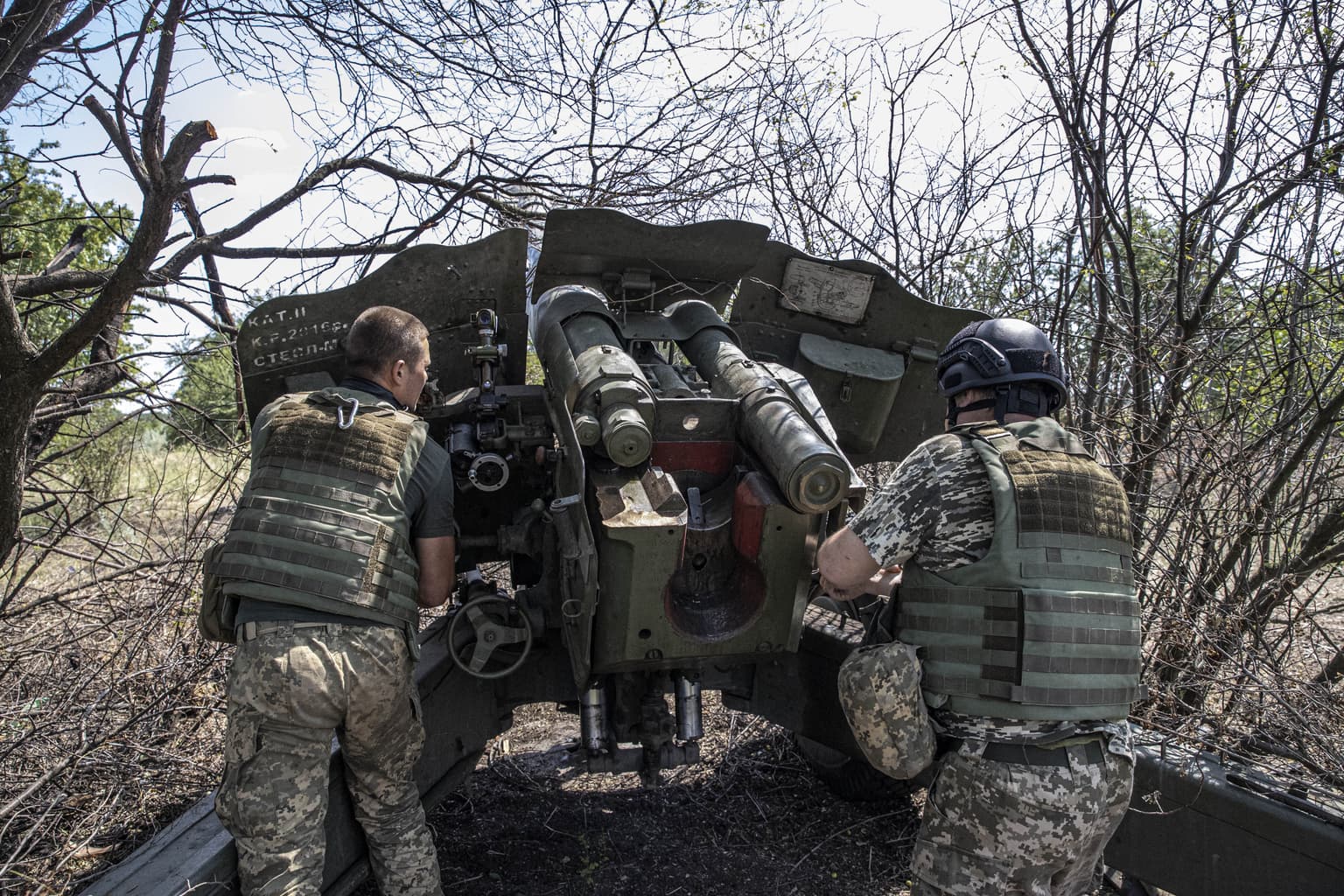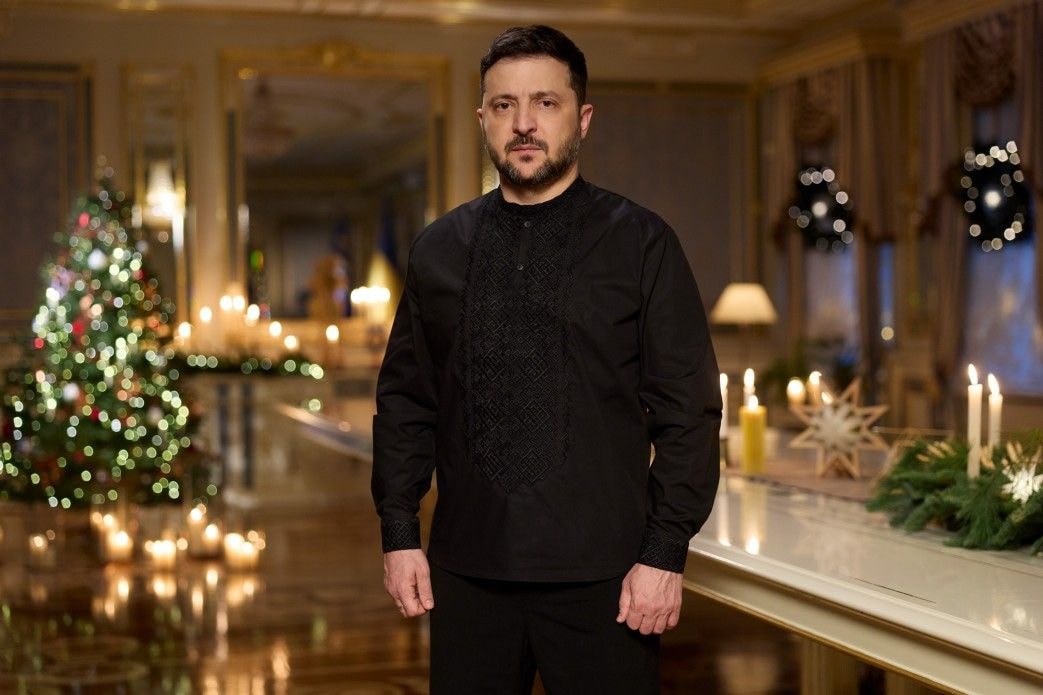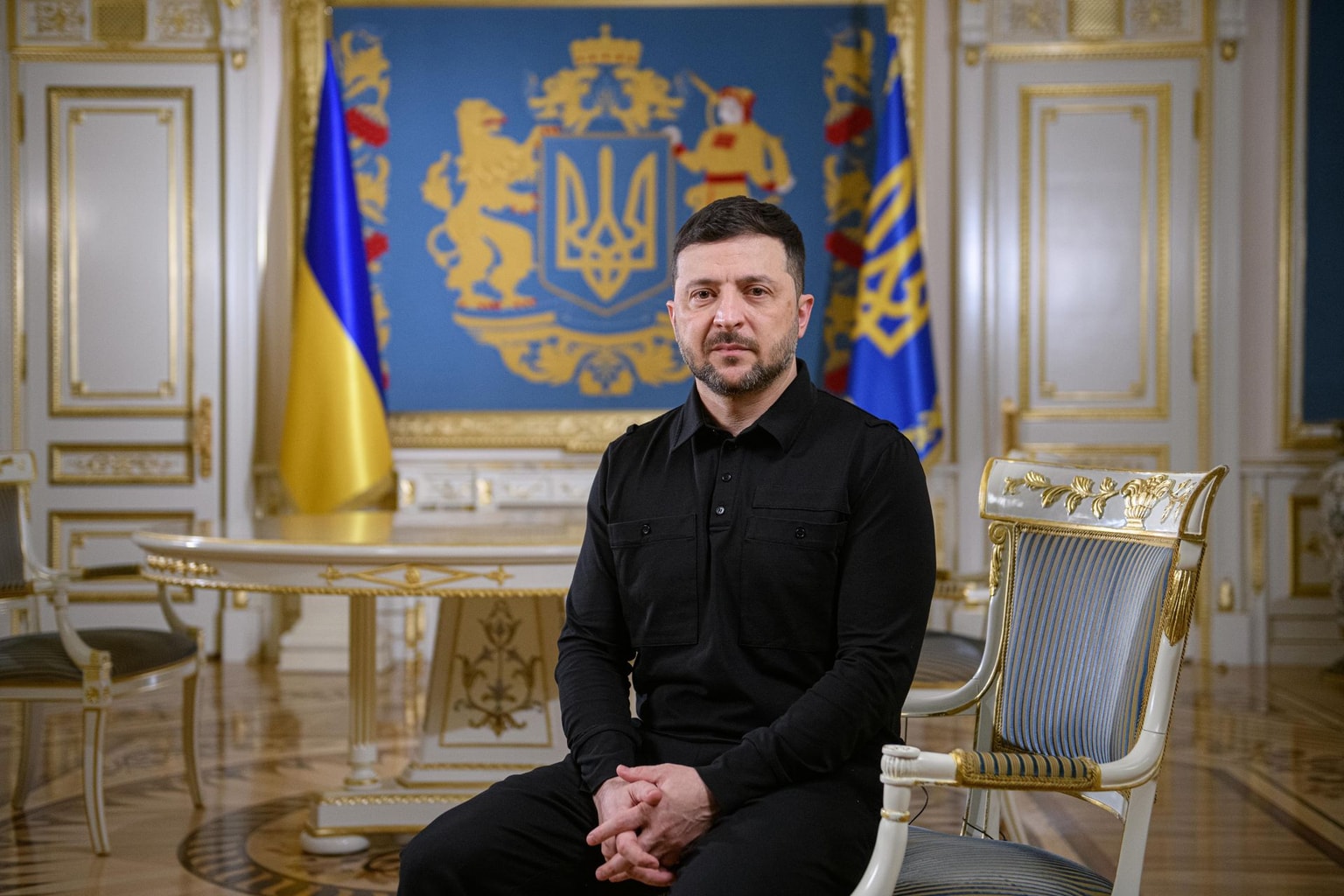Ukraine reportedly begins advancing to liberate country's south

Ukraine’s Armed Forces have launched an offensive “in many directions in the south of Ukraine,” Natalia Humeniuk, a spokesperson for Ukraine's Operational Command South, said on Aug. 29.
Humeniuk said that the situation in the southern direction remains “quite tense, but controlled by Ukrainian forces,” adding that after some “accurate strikes” by Ukrainian forces, Russian troops “do not want to go on the attack and are stationed on their fortified lines,” as quoted by Hromadske.
In recent weeks, Ukraine has been very slowly making advances toward the southern city of Kherson, the only regional capital to fall under Russian occupation since the full-scale invasion began on Feb. 24.
The anticipation of a major counteroffensive to liberate the southern region under Russian control has been building since early July, when Defense Minister Oleksii Reznikov said that President Volodymyr Zelensky had ordered to liberate the occupied south. It was an unusual move for Ukraine’s government to advertise the military’s goals.
Read more: What would a Ukrainian counter-offensive in Kherson look like?
Loud explosions were reported on Aug. 29 in the afternoon in two major southern capitals: Kherson, occupied by Russian troops, and Mykolaiv, under Ukrainian control.
Ukraine’s Kakhovka Operational Group also reported on Aug. 29 that the 109th regiment of the Russian-occupied Donetsk Oblast “withdrew from its positions in Kherson Oblast and the Russian paratroopers supporting them fled the battlefield.”
The group says that U.S.-provided high-precision HIMARS rocket launchers “have destroyed almost all large bridges,” including the Antonivsky and Novokakhovskyi bridges, leaving only some pedestrian crossings and cutting Russian forces off from the supply of weapons and personnel from the territory of occupied Crimea.
Read more: Ukraine’s bridge attacks cut Russian effectiveness in the south
Ukrainian forces began striking the three key bridges to Kherson across the Dnipro River in July. Later, on Aug. 27, RFE/RL released satellite images of Russian forces building pontoon bridges across the Dnipro River after Ukrainian strikes on the bridges. British intelligence, however, said these pontoon bridges will also likely be vulnerable to Ukrainian strikes.
In addition to the attacks on bridges, Ukraine has largely focused on targeting Russian ammunition dumps in the area in an attempt to weaken Russia’s ability to withstand Ukraine’s counteroffensive. Humeniuk said on Aug. 26 that the depots were “Ukraine's main priority.”
According to two senior U.S. officials briefed on intelligence who spoke with CNN, Ukrainian forces have begun “shaping” operations in Ukraine’s south to prepare the area for a major counteroffensive.
The two officials told CNN that Russia’s Battlefield Tactical Groups, or BTGs, which include infantry, tanks, artillery, and air defense are currently at low levels of manpower, some of them at even half of where they should be.
Read more: Russia masses forces in south ahead of counterattack










